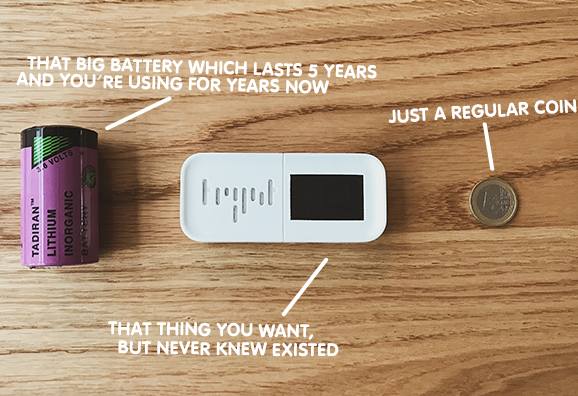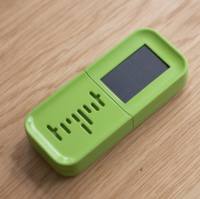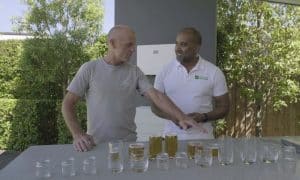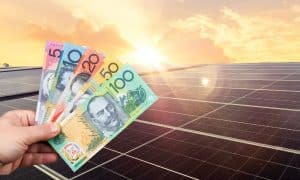A combination of solar power and an energy storage device that never needs changing could play an important role in making Internet of Things (IoT) devices more sustainable and practical.
Some estimates put the number of active IoT devices in 2020 as high as 50 billion. In our increasingly interconnected world, various sensors will become very common in commercial/industrial applications and in relation to home automation. They’ll all need power to operate and that may often involve batteries; either as a primary power source or backup.
While batteries in these energy-sipping devices might only need changing every 5 years (ten years in the case of the Sol Chip Comm we covered in December), even a small fraction of that 50 billion figure translates to a lot of time and money in doing so – plus creates a huge waste stream.
Tryst Energy is developing a range of devices so developers creating sensors may not ever have to worry about batteries again.
Tryst’s Light Energy device contains a tiny monocrystalline solar cell (35×20 mm) and a supercapacitor. While combining solar with sensors isn’t new, the company says with just 200 lux of light, the Tryst Light Energy module can be charged in only 4 hours for a full day of operation.

Lux ( lx) is the SI unit of illuminance and luminous emittance. 100 lux is the illuminance of a surface on very dark overcast day. 320-500 lux is the illuminance of office lighting – so 200 lux isn’t much at all and makes the device well suited to indoor use.
The incorporated supercapacitor is only around a centimetre long is good for for tens of thousands of cycles before it wears out (normal use 75-100 years) according to the company.
Like many new gadgets developed by start-ups these days, the launch of Light Energy is depending on crowd-funding, but the company points out the product is ready to go – it’s not a prototype.
A few different models are on offer – one that includes CO2, temperature, humidity and air pressure sensors; another with accelerometer, gyroscope, magnetometer and barometric pressure sensors, and another where sensors can be added.
The devices come with integrated Bluetooth 4.2 Low Energy or LoRaWAN (Long Range Wide Area Network) connectivity and are pre-configured for use with TTN (The Things Network).
You can read more about Tryst Light Energy here.
Related:







































